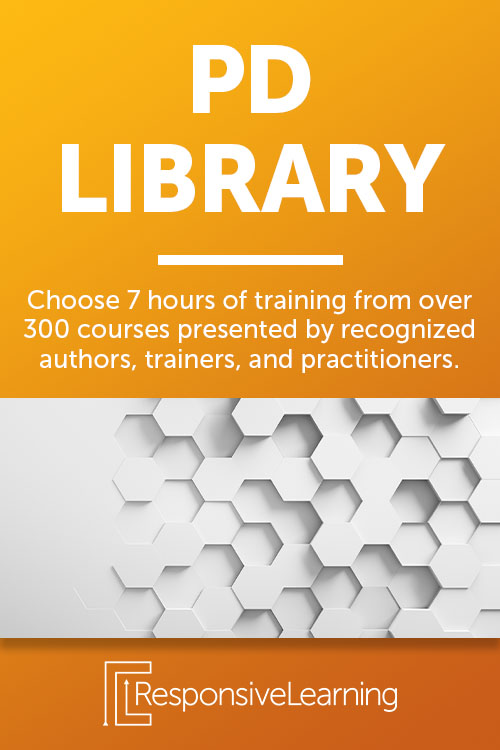Are you prepared for your teacher evaluations? What exactly does T-TESS require of special education teachers? If you’re unsure of where to start, Keys to Special Education – Teacher Evaluations in Texas will answer all of your questions and show you how to adapt the evaluation process in special education.
1. T-TESS Policy
The Texas Teacher Evaluation and Support System (T-TESS) provides evidence-based feedback for teachers after an observation. This is intended to help you grow and enhance your instructional practices. T-TESS applies to all special education teachers including self-contained, LID, and resource-level teachers as well.
Special education teacher Ayo Jones details how you can prepare for your evaluations. Jones is a veteran educator, author, and founder of Noodle Nook – an online resource for teachers in special education. She explains the best practices to improve your instruction while supporting your students’ needs.
2. Proper Planning
The first step in the planning process requires that lesson plans have key components. This ensures that grade-level content is being delivered to students with the appropriate prerequisite skills. You’ll want to provide assistive technology, hands-on activities, and manipulatives that align with the particular content area.
Data collection is essential before, during, and after instruction, so be sure to include any accommodations, modifications, and SDI. Students are more engaged when you incorporate their strengths and interests into your lessons. Remember to provide clear expectations, visuals, and differentiated materials based on your students’ needs.

3. Expert Instruction
As a special education teacher, you want your students to build their independence. This can be achieved by allowing them to communicate and display what they learned. Remember to ask open-ended questions so students can rationalize their thoughts.
Be mindful of how long your lessons take, and adjust for transitions as needed. Jones recommends, “Lessons should be using a variety of whole group, small group, and individual work.” As such, provide multiple means for all students to access the lesson. Ultimately, you want to keep your students engaged in what they are learning.
4. Optimize Environment
Delivering a consistent routine is the key to creating a positive learning environment. You can achieve this by differentiating lessons for all students and having an individualized behavior system. This includes schedules, timers, transition markers, visual expectations, and offering students preferred choices once they’ve completed their tasks.
Keep in mind that behavior issues can be prevented when you prepare an optimal classroom environment. All of the teachers must be on board with a consistent routine to help reinforce a positive experience for your students and staff alike. Once you have achieved this, your students will thrive and you’ll find teacher evaluations to be a breeze.
Interested in learning more about how you can prepare for your teacher evaluations? Explore the course demo on Keys to Special Education – Teacher Evaluations in Texas today!

